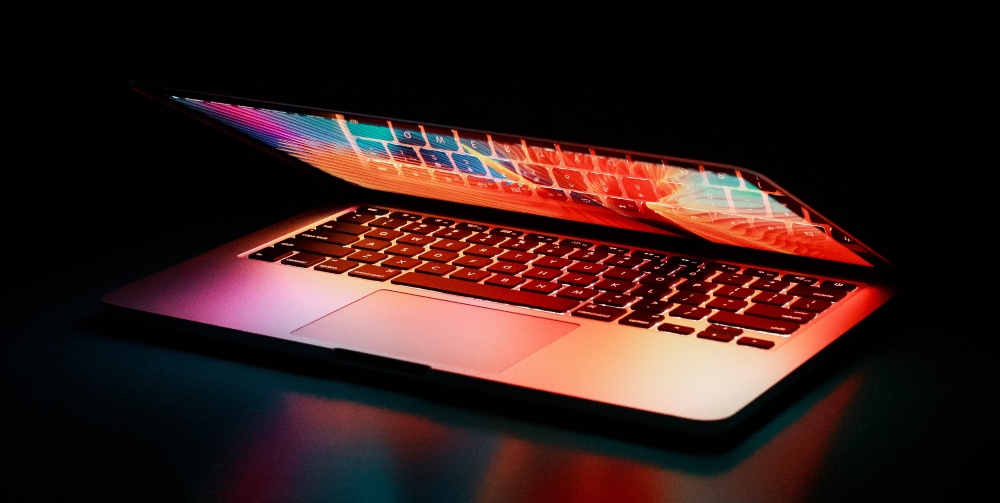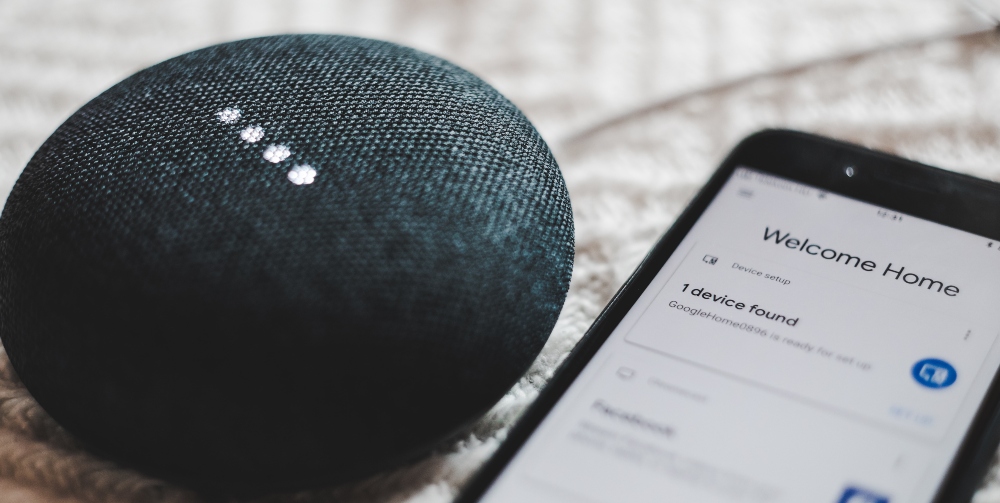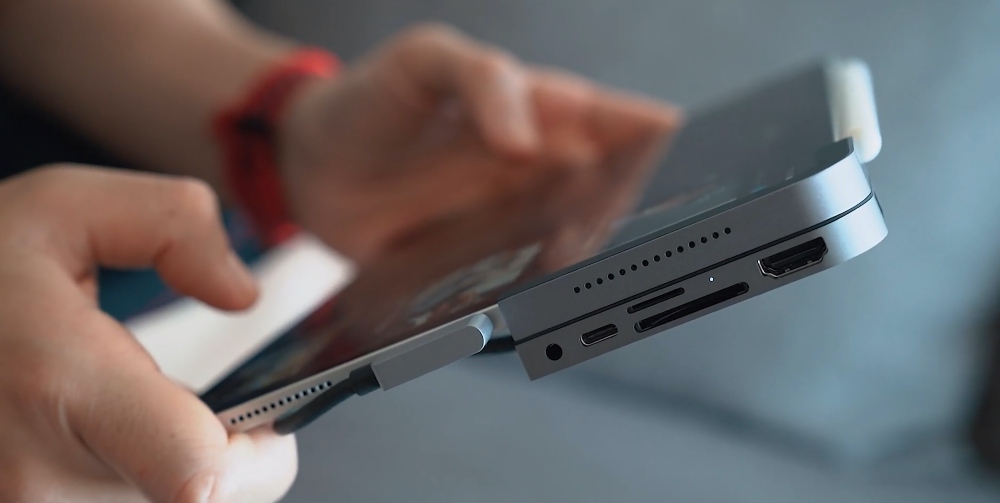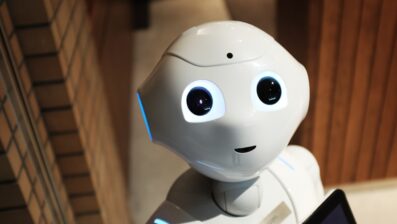
The Internet of Things (IoT): What is it and Why Is it Harmful?
All
The Internet of Things (IoT) is always evolving, however, it’s not always clear what it truly involves.
To put it simply, the Internet of Things allows devices to collect data, communicate, and work without the intervention of human action.
Therefore, when we say “smart devices” such as smart refrigerators, smart watches, and smart televisions, all of these devices are able to conduct actions because of the IoT.
The IoT opens up a wealth of opportunities for personal and business growth as appliances and devices can be trusted to carry out tasks for us, saving time and money in the long run.
However, as with any device or network within the cyber space, the Internet of Things can be manipulated by hackers to steal sensitive information, carry out data breaches, and infiltrate networks.
Therefore, in this post, we will be exploring what the Internet of Things is, how IoT devices can benefit your organisation and how they may harm your company network.
So, let’s get started with a definition.
What is the Internet of Things (IoT)?
Although at a basic level, the Internet of Things (IoT) typically refers to all devices connected to the internet, it is now a larger collective network of connected devices.
IoT technology allows communication between devices and the cloud, as well as between devices themselves.
Put simply, the Internet of Things is like a spider web of connectivity between devices and physical things.
Essentially, due to cheap and readily available computer chips and the universality of wireless networks, it’s possible to turn anything into an IoT device.
These devices, which could be a blender, an Aeroplane, or a Thermostat, can be connected to an IoT application to give them intelligence meaning they can communicate real-time data without the involvement of a human being.
For example, a PC or mobile phone wouldn’t be considered an IoT device as they don’t run independently from human actions or interaction.
However, a smart fridge is considered an IoT device, as without human interaction the appliance can detect the items inside the refrigerator and scan for important information such as expiry or use-by dates.
Therefore, IoT devices are helping to connect the digital and physical worlds, meaning the devices and appliances we use are smarter and far more responsive.
How Does IoT Work?
All Internet of Things devices use real-time data collection and exchange, and there are 3 main components to any IoT system.
- Smart Devices – devices such as televisions and security cameras that have been given computing capabilities meaning each device can collect data from the surrounding environment or user inputs. This data is then communicated over the internet through an IoT application.
- IoT Applications – these applications are a collection of services and software that integrates data received from various smart devices and uses machine learning or Artificial Intelligence to analyse this data. Then once the data has been collected and analysed the IoT applications will make an informed decision based on the information they have and this will be communicated back to the smart device to act accordingly.
- A Graphical User Interface – an IoT device or group of devices will be managed through a graphical user interface. For example, this may be a mobile app or website that can be used to register and control smart IoT devices.
These 3 steps allow IoT devices to be set up and managed in order to reach their full potential whether that be at home or in the workplace.

What Is an Example of an IoT Device?
As we mentioned earlier, almost any appliance or “thing” can be altered to become an IoT device.
For example, switching a lightbulb on by using a smartphone app renders this lightbulb an IoT device.
If it can be connected to the internet to be controlled or communicate information then this quantifies as an IoT device.
Why are IoT Devices Important?
Internet of Things devices are important for both personal and business use, as they can help users to connect everyday devices to the internet meaning these systems can work without assistance.
Using IoT devices is a form of low-cost computing as it prevents human intervention and instead uses the cloud, analytics, and mobile technologies to make decisions and improve the efficiency of tasks.
Not only does this allow for seamless communication between people, processes, and physical devices, but it is a strong and reliable cooperation between the physical and digital world, that continues to grow.
How Can IoT Devices Benefit Your Business?
There are several advantages to using Internet of Things devices to help improve the day-to-day efficiency of your organisation.
Firstly, increasing productivity and efficiency within the workplace is important for any organisation and IoT devices can help by taking care of tasks which in turn saves employee time.
This means your team can use their time for other responsibilities while the devices you have in place can work unassisted.
Equally, if smart devices are taking care of certain tasks within your organisation, it’s important to ensure they are working on tasks that are more detail-oriented and repetitive as they can help to reduce the probability of human error in these areas.
This in turn presents your company as more trustworthy overall, as not only is your company providing accurate work, but you’re investing time and money into high-tech solutions.
This is an advantage when it comes to attracting clients, partners, and investors as they will likely be aware of the benefits that come with using IoT devices.
Ultimately, IoT devices can improve several aspects of your business from efficiency to engaging clients and future employees, as smart devices open up a new world of opportunities.

Why Is the Internet of Things Harmful?
The Internet of Things is home to a vast amount of sensitive data, making it an attractive target for cyber criminals.
As more smart devices become part of the realm of IoT, threats and risks to these devices continue to evolve.
To help you combat these, we have detailed some of the top risks to IoT devices below.
Insecure Data Storage and Transfer
Due to the increasing cross-communication between smart devices and IoT applications, this means data is constantly being put at risk.
Anytime data is transferred, the potential of a data breach is always present and always increasing, and due to the lack of encryption and poor access controls, hackers can easily gain access to information during a transfer.
Therefore it’s important to use robust tools and software such as firewalls if you are going to be transferring data from one place to another.
These measures will make it more of a task for cyber attackers to obtain information as it will be better protected during its transfer journey and safely stored within a new device.
Lack of Visibility and Device Management
Many Internet of Things devices remain unattended, unmonitored, and unmanaged, and this makes it very difficult to determine which devices are safe and secure, and which ones are potentially exposed to the threat.
As so many devices connect and disconnect with networks it’s difficult to keep track of the devices that are part of your organisation or personal Internet of Things device collection.
For example, the lack of visibility of devices could result in a data breach or penetration into your network by a hacker.
This may occur due to an employee connecting with an external IoT device and as a consequence granting access for an attacker to get into your network.
Therefore, it’s important to ensure that you have set access controls and a dedicated team in charge of all IoT devices to help you keep track of the devices they interact with.

Lack of Physical Hardening
As smart devices are mostly remotely deployed, there is no set method to properly secure them, meaning they are constantly exposed to threats.
If devices are without a secure location, this allows potential hackers to gain information on individual networks to use for future attacks.
Therefore, it is far easier to conduct attacks, as information is easier to steal from IoT devices that aren’t fully secured.
AI-based Attacks
Artificial Intelligence (AI) is always evolving and changing, and with this comes an increase in AI-based attacks.
This is one of the more prominent risks for Internet of Things devices, as hackers can build AI-powered tools to conduct attacks that are faster and more efficient than humans.
Unfortunately, this makes attacks much more difficult to track and prevent before hackers successfully steal information or breach your security architecture.
Although threats may look and sound the same, the magnitude of attacks will grow over time and they will become more customised towards your organisation’s specific network and cause more harm.
Increased Attack Surface
The number of devices connecting to the cloud and becoming smarter is constantly increasing, which increases the exposure to attacks due to the larger surface.
Along with this increased risk comes the challenge of monitoring all areas of your organisation’s network to avoid threats and attacks.
Therefore, it’s important to have a clear plan in place to keep up with the Internet of Things as it grows and as your company grows to use more IoT devices.

How TLR Can Help With IoT Risks
There are a few simple measures you can take in order to be better prepared for the risks connected with the Internet of Things.
At TLR we are focused on helping you and your company become more cyber-resilient across the board and that includes being prepared for new challenging and evolving threats.
Therefore, TLR has a dedicated training program consisting of boot camps at several levels to help educate your teams on how to keep company data secure and stay up to date on the fundamentals of cyber security.
Our training boot camps consist of gaining an understanding of why attacks occur and how to be effective in preventing them, before moving on to a deeper understanding through practical exercises and drills.
This can help to bridge the gap in cyber security knowledge and raise the effectiveness of your team.
Equally, we have Continuous Automated Vulnerability Monitoring (CAV’s) available for organisations which is an automated technology solution that will constantly analyse and detect any threats within a network.
This allows you and your team to get on with other responsibilities and feel confident that your company is cyber offensive and your network is secure.
The Internet of Things (IoT): What is it and Why is it Harmful?
The Internet of Things will continue to grow, as more devices, appliances, and “things” will become smarter machines that work independently from human action.
There are several benefits to using IoT devices to help your personal life run smoothly, as well as your day-to-day tasks and responsibilities in the workplace.
However, along with improving efficiency and productivity, IoT devices tend to be more exposed to risks due to the large attack surface area and poor device management.
As the IoT world expands it is becoming more and more difficult to keep track of devices, not to mention keep an eye on potential threats to your network.
Therefore, it’s important to ensure your cyber security strategy is strong and specific to the devices you use whether they are smart devices or regular everyday systems.
At TLR we have skilled security experts that can help you to plan ahead for an attack whether it’s AI-based or a malicious threat actor. We have a range of services available from cyber security training to help prepare your team for new and complex attacks, to vulnerability scanning that can detect any threats to your organisation’s network.
If you feel your company could benefit from our technology solutions, get in touch with our team today!
